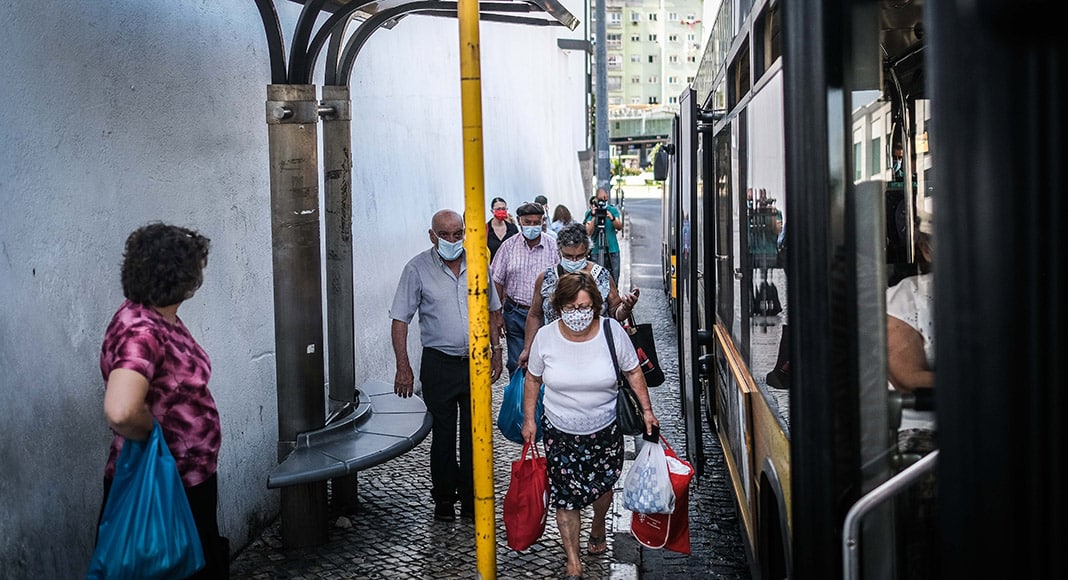Portugal has just announced the latest Covid numbers – 82 deaths and 4,935 new infections.
Media outlets are describing “the highest number of deaths yet” in a 24-hour period. But as a retired doctor and ‘pandemic interpreter’ has explained “the number of deaths with a positive test for SARS-CoV-2 is very important for epidemiological purposes. But it must not be confused with the cause of death”.
Lourdes Cerol Bandeira is a former specialist in catastrophe medicine who has been following the pandemic since the outset – carefully and repeatedly explaining over social media why it isn’t anything like as ‘bad’ as mainstream reports have tended to paint it.
In her latest post, preceding today’s new figures, she stresses: “the percentage of hospitalised patients among active cases today is 3.5%, which means that 96.5% of positives do not require hospitalisation.
“In this group of active cases, only 0.49% need treatment in ICUs.
Of patients already in hospital, that percentage becomes 13.9% “which is relevant”, she says.
But there is little data showing whether this 13.9% includes patients suffering compound morbidities – which would be extremely relevant.
As ‘Dr Lourdes’ explains the vast majority of people testing positive for Covid-19 are either asymptomatic, or go on to develop ‘mild symptoms’.
That said, today’s ‘numbers’ show another ‘spike’ in hospitalisations, which is exactly what authorities have been preparing for (if not dreading).
Talking in the north today, under secretary of health António Lacerda Sales said authorities are ‘preparing for the peak’ but as infuriating as it may sound, they will only know they have reached it ‘two weeks later on’ when numbers start to reduce.
Right now, the country is still ‘behind’ the worst case scenario traced for example last weekend (click here) – but it is never a good moment when ‘more people die’.
Meantime, ‘experts’ have been amplifying the less than positive media narrative
Epidemiologist Manuel Carmo Gomes has been quoted as ‘predicting’ 11,000 new cases and a 100 deaths a day by mid-December, while the head of the IMF has managed a headline by saying ‘economic recovery could be turbulent’.
Perhaps the truth is ‘no one knows what is round the corner’, but everyone is trying to survive it.
A more positive way of looking at the numbers is to see that in every region they are rising, but deaths are not increasing at anything like the same rate.
Even Manuel Carmo Gomes concedes: “The probability of an infected patient dying has dropped. But as the number of hospital admissions has continued to increase a lot, in terms of absolutes, the number of deaths has also increased a lot”.


























